Monitoring of the environmental radiation (noted as ionizing radiation only will be discussed in this article) is a need and the health effect should be considered. A few worldwide nuclear crises such as Three Miles Island Incident, Goiania Incident, and the latest is the Fukushima-Daiichi Disaster are the lesson learned from the international radiation accidental, as well as national crises happens in 30 years back which are the development of the Rare Earth Mineral Processing Plant at Bukit Merah, lead to the tight of environmental radiation monitoring in Malaysia. Malaysia Regulator, Atomic Energy Licensing Department (AELB) is actively monitoring the environmental radiation using the latest technologies that stationed at few distinct places such as Cameron Highlands and Gebeng.
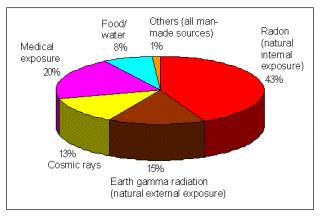
Source of Enviromental Radiation.
- Radon gas (43% of environment background contribution)
Radon is a radioactive element discovered by English physicist, Ernest Rutherford in 1899, and also credited to German physicist Friedrich Ernst Dorn in 1900. More specifically, Rutherford discovered radon’s alpha radiation and Dorn discovered that radium was releasing a gas.
Radon is a natural occurring radioactive material (NORM), colourless, and chemically-unreactive inert gas. The atomic radius is 1.34 angstroms and it is the heaviest known gas which is nine times denser than air. Because it is a single atom gas it easily penetrates many common materials like paper, leather, low density plastic and most insulation. Radon is not produced as a commercial product. Radon is a naturally occurring radioactive gas and comes from the natural breakdown (radioactive decay) of uranium. It is usually found in igneous rock and soil, but in some cases, well water may also be a source of radon.
Only two radioisotopes of radon are found in significant concentrations in the human environment; radon-222, and radon-220. Radon-222 is a member of the radioactive decay chain of uranium-238 with half-life of 3.8 days, while, Radon-220 is formed in the decay chain of thorium-232 which half-life is 55.6 seconds. It is radon-222 that most readily occurs in the environment. Atmospheric releases of radon-222 results in the formation of decay products that are radioisotopes of heavy metals (polonium, lead, bismuth) and rapidly attach to other airborne materials such as dust and other materials facilitating inhalation.
In many countries, specific legislation is being gazette in order to control the exposure of IR to the public, especially the exposure of Radon, which is the main contributor of environmental radiation. The Environment Protection Agency of the United States has urged the Americans to test their residential houses and remediate those in which radon reading exceeds 4pCi/L [4]. Public Health England also recommends that radon levels should be reduced in homes where the average is more than 200 Bq/m3. The WHO Handbook on Indoor Radon: A Public Health Perspective also indicates that radon exposure is a major and growing public health threat in homes and recommends that countries adopt reference levels of the gas of 100 Bq/m3 which is equivalent to 2.7 pCi/L. Unfortunately, Malaysia is in the process of mapping the Radon Mitigation for public guidance.
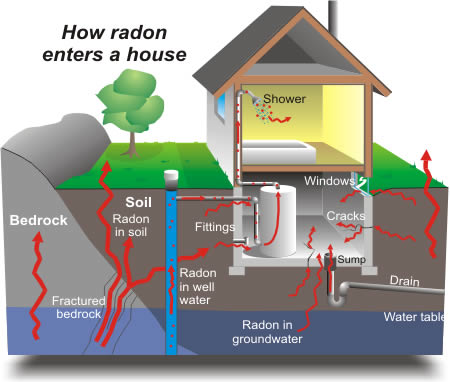 Figure 2: Ways of radon entering the house
Figure 2: Ways of radon entering the house - Medical Exposure (20% of environment background contribution)
Radiation is also being used in medical, which been categorize into two function, imaging and treatment. The most common radiation used in medical is x-ray, which is discovered by German Physicist, Wilhelm Röentgen on 8th November 1895 while investigating the external effects of radiation from various types of vacuum tubes. The x-ray radiation (x-ray) is then being used as imaging tools in medical, since it has the properties almost same as gamma ray. X-Ray is a man-made radiation, compare to gamma ray, which produced naturally.
 Figure 3: Imaging procedure equipment
Figure 3: Imaging procedure equipmentImaging procedure helps a lot in locating abnormal cells in patient body. However, imaging procedure could not have identified the level of activity for the abnormal cells. Thus, gamma ray are used to identify the level of activity for the abnormal cells, by drinking radioactive solvent, and scan through a gamma camera, that detect gamma ray that emit form the patient body that drink the radioactive solvent. This technique called the Nuclear Medicine, which helps the doctor to identify the level of activity for the abnormal cells after locating it using imaging procedure. In Nuclear Medicine, a common radioactive material used is Technetium 99m (Tc-99m) which has short half-life, around 6 hours.
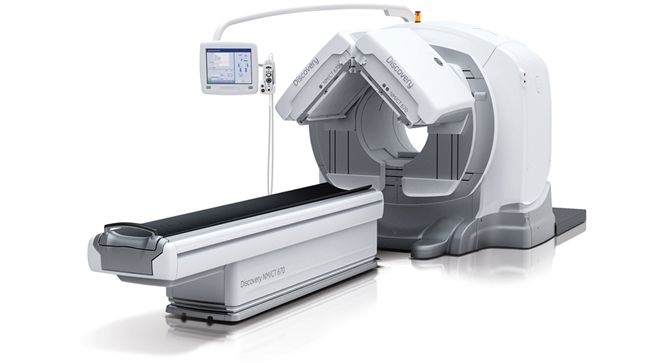 Figure 4: Gamma Camera
Figure 4: Gamma CameraAlthough radiation mostly used for diagnostic function, most of the doses that contribute to the environmental radiation are coming from treating the patient, called radiotherapy. In the old days, radiotherapy unit use a radioactive material that installed in the unit, and producing gamma ray to treat the abnormal cells. However, nowadays, most of the radiotherapy unit did not use the radioactive materials to produce the radiation for abnormal cells treatment, in fact, are using a high energy x-ray (MeV) which thousand times higher than x-rays used for imaging procedure. This is due to the risk of dismantling the radiotherapy unit that installed the radioactive material, which is a lesson learned from past radiation accident. Currently, the demanding for having Radiotherapy treatment to treat cancer is rising due to the accuracy of high technology which deliver the benefits outweigh the risk of radiation.
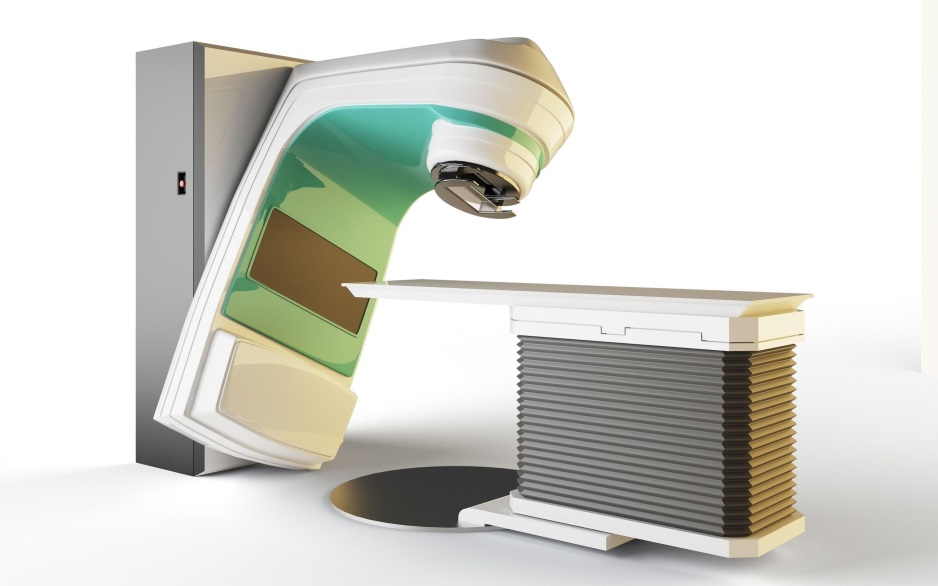 Figure 5 : LINAC (Radiotherapy Equipment)
Figure 5 : LINAC (Radiotherapy Equipment)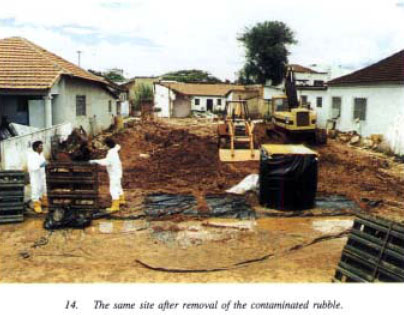 Figure 6: Goiania Incident 1987, occur due to the inappropriate dismantling the radiotherapy equipment that contain radioactive materials.
Figure 6: Goiania Incident 1987, occur due to the inappropriate dismantling the radiotherapy equipment that contain radioactive materials.While radiotherapy is killing the abnormal cells from the external, there are few procedures that involve radiation in killing the abnormal cells from internal, called the seeds implant. Seeds implants is a procedure that required an implanted radioactive seeds inside the patient body, near to the abnormal cells that need to be kill. The radioactive implanted seeds are often using the short half-life radioactive material, as well as enough radiation produced to kill the abnormal cells.
- Earth Gamma Radiation (15% of environment background contribution)
Despite of having Radon as Natural Occurring Radioactive materials (NORM), our environment also consists of other type of NORM that emits gamma ray, which usually a secondary radiation emits due to decay process, such as Radium 226 (Ra-226). Ra-226 is unstable, occurred naturally in the environment, which emit alpha particle and gamma ray in the process of stabilisation of nuclei. This process is naturally occurred, involving many radioisotopes that naturally occur unstably, to become stable isotope by the interaction of the atoms. This Ra-226 is usually found at the hot spring activity site, such as Ramsar, Iran.
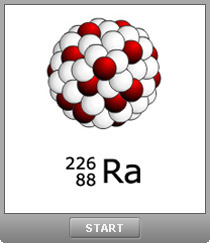 Figure 6: Radium 226 (Ra-226)
Figure 6: Radium 226 (Ra-226)Gamma ray also produced in the process of Technology Enhance Natural Occurring Radioactive Materials (TENORM) of the mining activity. The process of enhancing the mining mineral to develop new products also produces radioactive materials that emit gamma ray in the process of stabilisation.
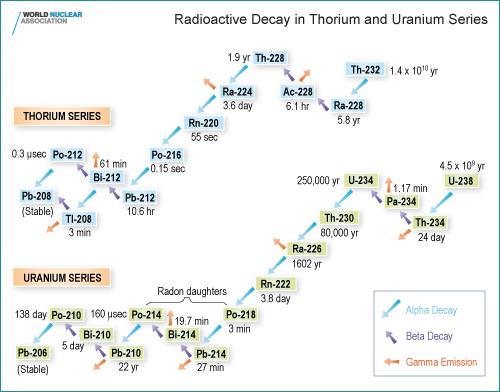 Figure 7: Radioactive Decay in Thorium and Uranium Series
Figure 7: Radioactive Decay in Thorium and Uranium Series
(source : World Nuclear Association)Industries such as sterilization and packaging commonly use radiation as their part of the process. The radioactive materials are used for sterile the medical equipment as well as the level guidance for packaging the liquid in a container.
Effect of environmental radiation
Exposure to high levels of radiation is known to cause cancer. But the effects on human health from very low doses of radiation—such as the doses from background radiation are very hard to determine because there are so many other factors that can mask or distort the effects of radiation. For example, among people exposed to high radon levels, cigarette smokers are much more likely to get lung cancer than non-smokers. Lifestyle choices, geographic locations, and individual sensitivities are difficult to account for when trying to understand the health effects of background radiation. A United Nations committee concluded that exposure to varying levels of background radiation does not significantly affect cancer incidence. A committee of the National Academy of Sciences suggested that while there may be some risk of cancer at the very low doses from background radiation, that risk is small. Still, while the overall risk is low for all cancers, it is not zero and it is greater for some types of cancer than others. For lung cancer caused by breathing radon (and its decay products), the Environmental Protection Agency estimates that there are about 21,000 deaths each year, which is about 13% of all lung cancer deaths. There is no evidence of increased risk of diseases other than cancer.
|
Location
|
Exposure
|
|---|---|
| Malaysia | ? 1.0 mSv/year |
| Average Natural background in USA | ? 3.1 mSv/year |
| Yangjiang, China | ? 6.0 mSv/year |
| Kerala Coast, India | ? 10.0 mSv/year |
| Guarapari, Brazil | ? 35.0 mSv/year |
| Ramsar, Iran | ? 200 mSv/year |
Table 1 : Background Radiation Level in few places
According to the above table, comparing to a few country, the environmental radiation exposure in Malaysia is still among the lowest. However, monitoring and awareness activities of the environmental radiation are still need to be strengthened in order to keep the exposure as low as reasonably achievable.
References
- The Atom, the Environment and the Sustainable Development, IAEA, September 2014
- Protection of the Environment under Different Exposure Situation, ICRP Publication 124
- Ann. ICRP 43(1), 2014 R.J. Pentreath, J. Lochard, C-M. Larsson, D.A. Cool, P. Strand, J. Simmonds, D. Copplestone, D. Oughton, E. Lazo
- Lung Cancer Risk from Radon and Progeny and Statement on Radon, ICRP Publication 115, Ann. ICRP 40(1), 2010 M. Tirmarche, J.D. Harrison, D. Laurier, F. Paquet, E. Blanchardon, J.W. Marsh
- Environmental Radiation, Linnea E. Wahl, Lawrence Berkeley National Laboratory, Health Physic Society
- Ghiassi-nejad, M; Mortazavi, SMJ; Cameron, JR; Niroomand-rad, A; Karam, PA; Very High Background Radiation Areas of Ramsar, Iran: Preliminary Biological Studies. Health Physics, 82(1): 87-93, 2002.
- Mortazavi S. M. Javad, Ghiassi-nejad M., Niroomand-rad Azam, Andrew Karam P., and Cameron John R. How should governments address high levels of natural radiation and radon? Lessons from the Chernobyl nuclear accident and Ramsar, Iran. Risk: Health, Safety and Environment, in press.
- https://www.gov.uk/government/organisations/public-health-england
- Sohrabi M. World high level natural radiation and/or radon prone areas with special regards to dwellings. In: Proceeding of the 4th International Conference on High Levels of Natural Radiation (ICHLNR), Beijing, China, 1996 (Wei L, Suahara T and Tao Z Ed), pp. 3-7, 1997.
| Last Reviewed | : | 06 May 2016 |
| Writer | : | Wan Nur Ain bt. Wan Ghazali |
| Accreditor | : | Haizana bt. Hairuman |







